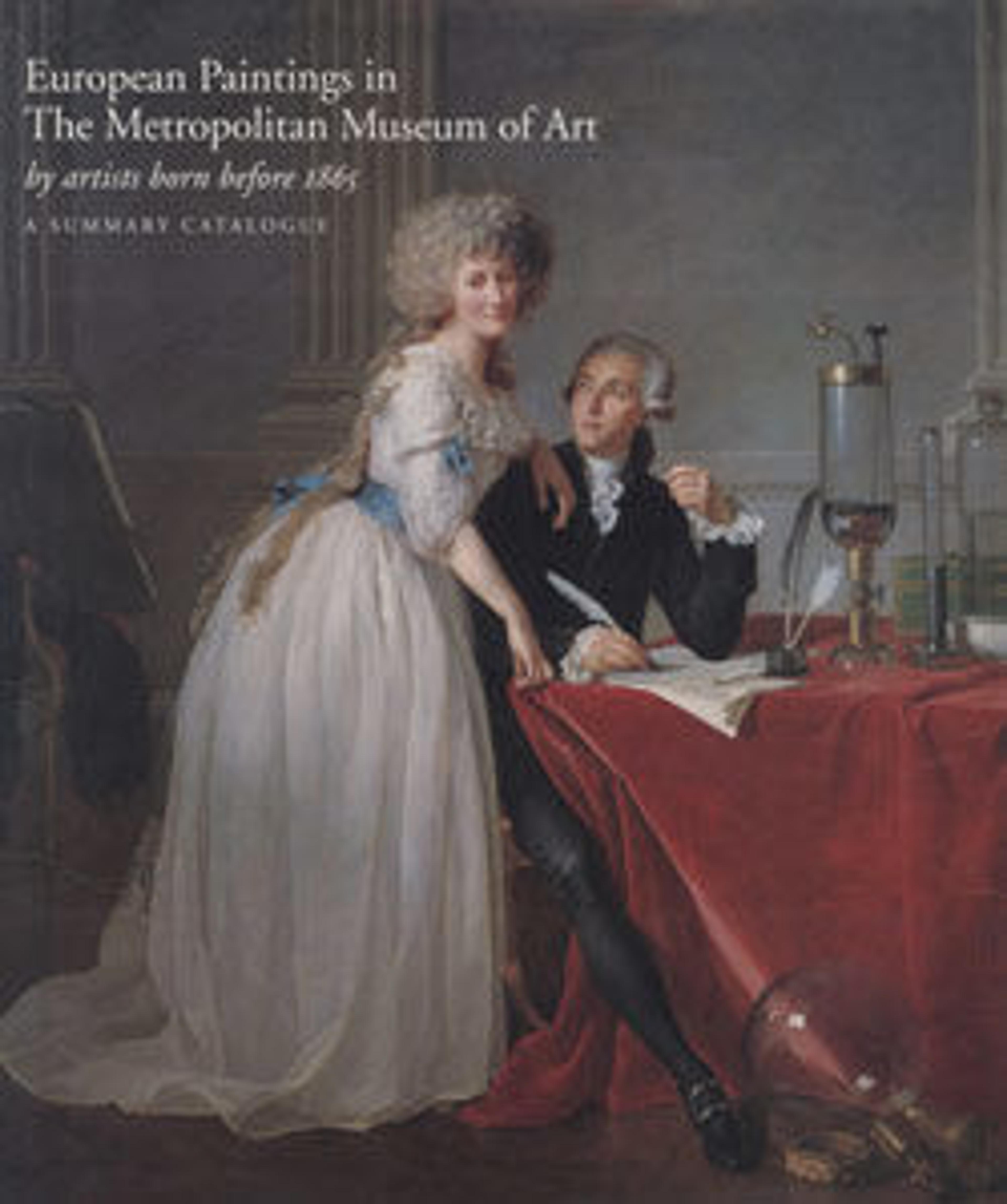A Contest between the Shepherds Alcesto and Acaten
This panel and its companion originally formed the front and back of a birth tray (desco da parto). The story they illustrate is from Giovanni Boccaccio's Comedia delle ninfe fiorentine, written about 1342. The hunter Ameto, dressed in red, peers over a hill and then approaches some nymphs, attracted by the singing of Lia. In the background they hunt. The nymphs instruct Ameto in the meaning of love in a later episode of the story. In the other panel Ameto and two nymphs judge a musical competition between the shepherds Alcesto and Acaten. The escutcheon at the right appears to be that of the Di Lupo Parra family of Pisa. The tray dates from about 1410.
Artwork Details
- Title: A Contest between the Shepherds Alcesto and Acaten
- Artist: Master of 1416 (Italian, Florentine, early 15th century)
- Date: ca. 1410
- Medium: Tempera on wood
- Dimensions: Twelve-sided, 21 1/8 x 22 1/8 in. (53.7 x 56.2 cm)
- Classification: Paintings
- Credit Line: Rogers Fund, 1926
- Object Number: 26.287.1
- Curatorial Department: European Paintings
More Artwork
Research Resources
The Met provides unparalleled resources for research and welcomes an international community of students and scholars. The Met's Open Access API is where creators and researchers can connect to the The Met collection. Open Access data and public domain images are available for unrestricted commercial and noncommercial use without permission or fee.
To request images under copyright and other restrictions, please use this Image Request form.
Feedback
We continue to research and examine historical and cultural context for objects in The Met collection. If you have comments or questions about this object record, please contact us using the form below. The Museum looks forward to receiving your comments.
